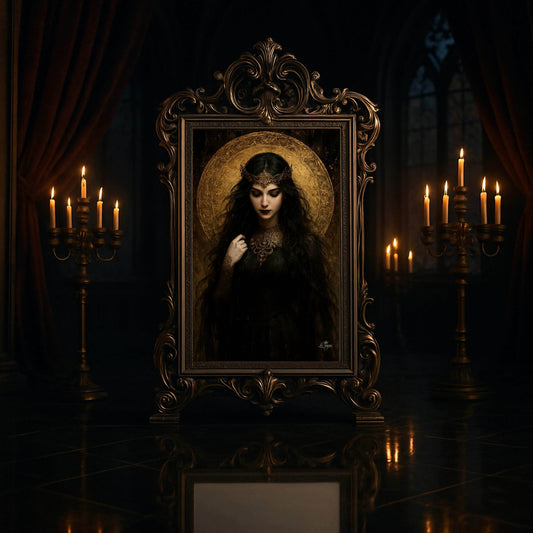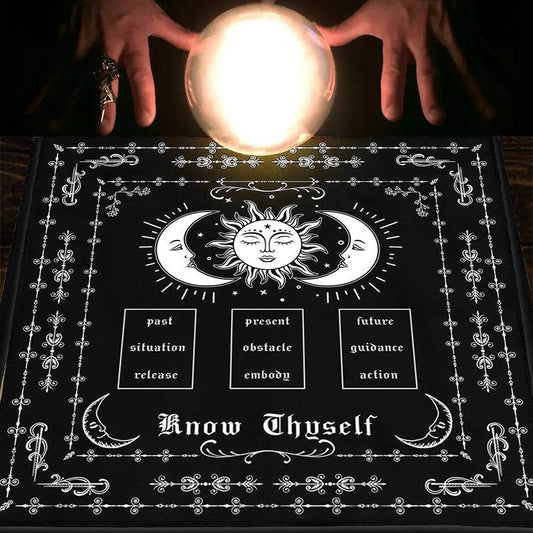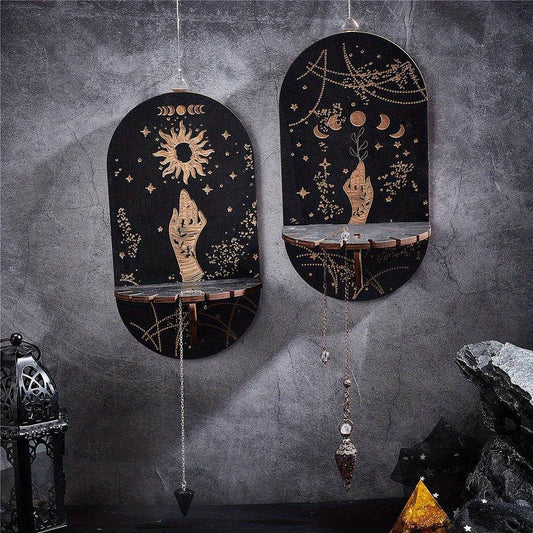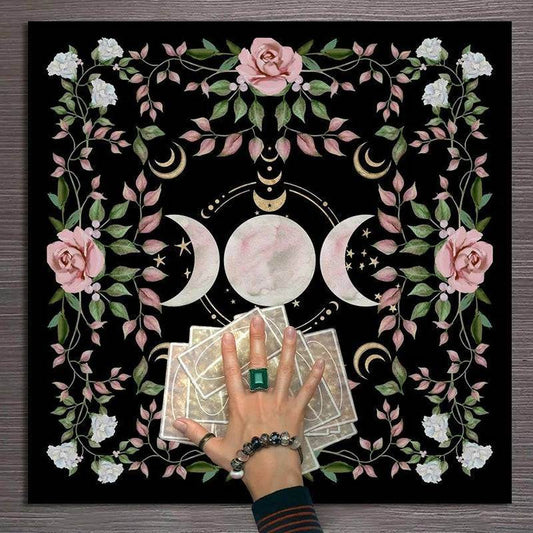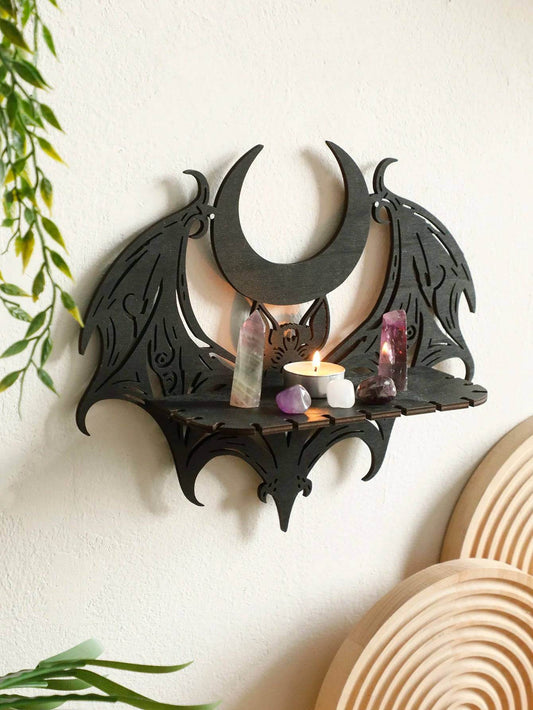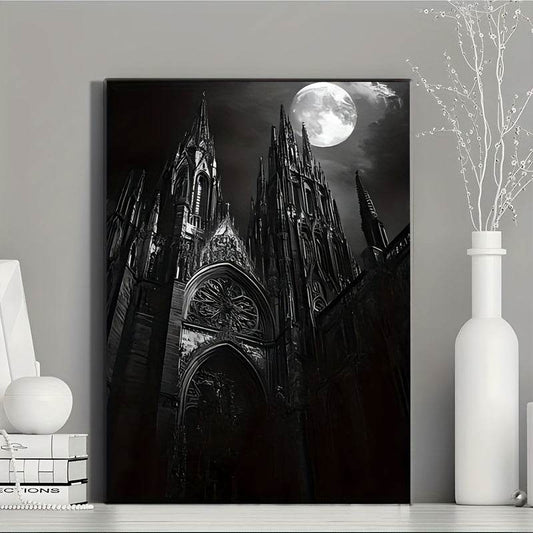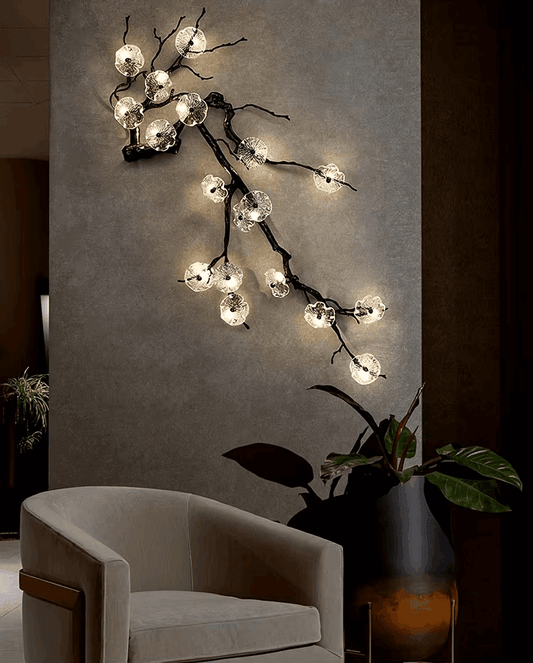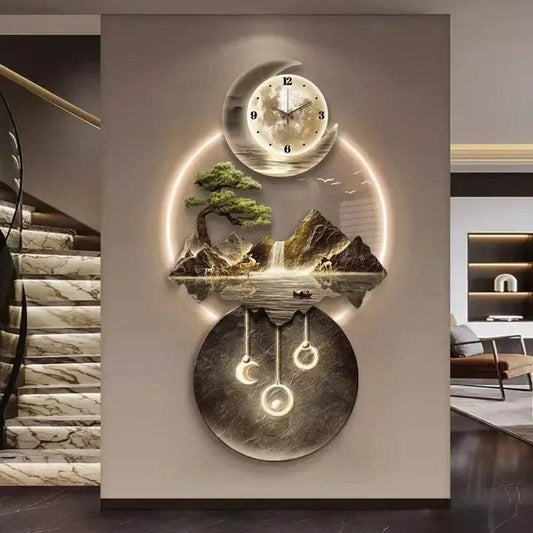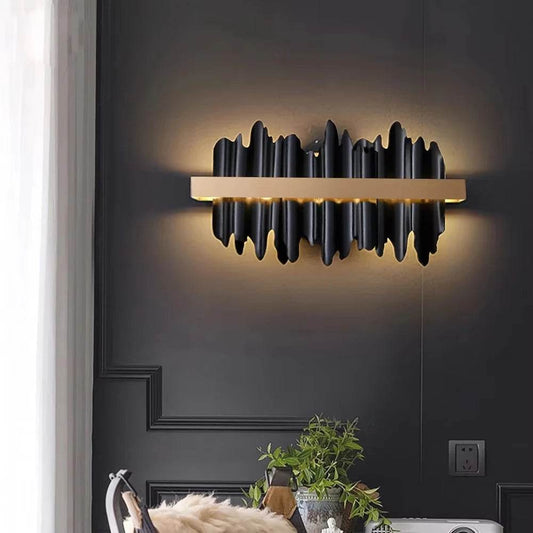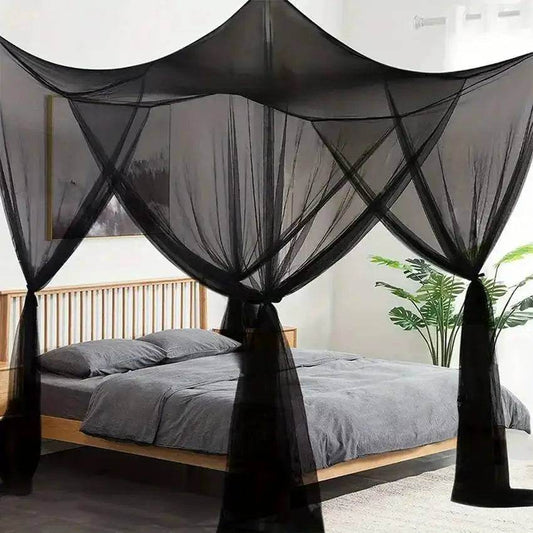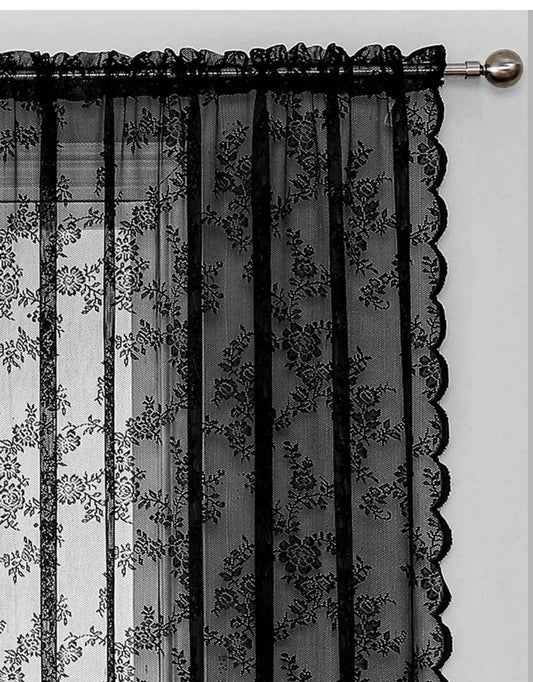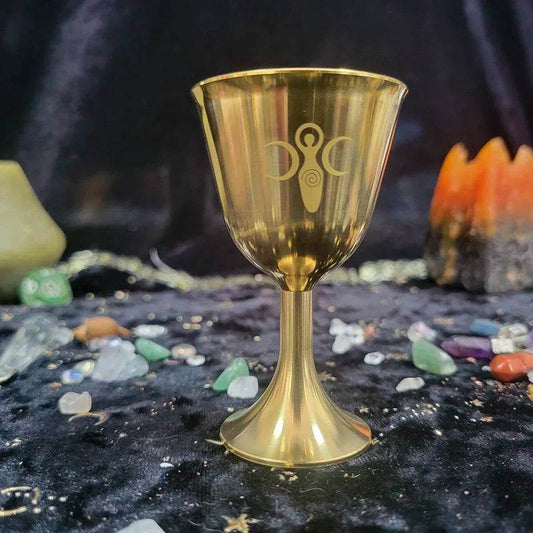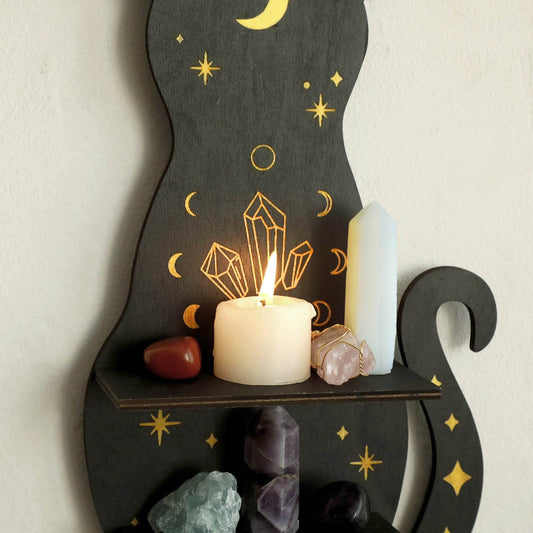
ECLIPSE
Inspired by moon phases, shadows, and silver-dipped stars.
WHAT LIVES BENEATH THE MOON
This collection is for those who feel most alive under moonlight. Eclipse is a celebration of the celestial — the mysterious pull of the cosmos, the silver shimmer of lunar phases, and the deep quiet of starlit nights. You’ll find moon-phase wall art, silver-accented candle holders, obsidian trays, and black star sculptures. Each piece is chosen to reflect the stillness of the sky... and the power that hides within it.
-
Dark Elegance Goddess Art Print - Gothic Queen Wall Decor Poster
Regular price From $32.99Regular priceUnit price / per -
Know Thyself Crescent Moons & Sun Tarot Cloth Witches Mat for Readings & Altar Decor
Regular price $59.99Regular priceUnit price / per$0.00Sale price $59.99 -
Moon Phases & Sun Witches Crystal Display Wooden Floating Wall Shelf (2 Pack)
Regular price $139.99Regular priceUnit price / per$0.00Sale price $139.99 -
Floral Rose Triple Moon Goddess Witchcraft Altar Tarot Cloth Mat for Card Readings
Regular price From $29.99Regular priceUnit price / per$0.00Sale price From $29.99 -
Gothic Black Bat & Crescent Moon Witches Wooden Wall Shelf Crystal Display Rack
Regular price $79.99Regular priceUnit price / per$0.00Sale price $79.99 -
Gothic Cathedral Moonlit Night Monochrome Medieval Architecture Framed Canvas Art Print
Regular price From $81.97Regular priceUnit price / per$0.00Sale price From $81.97 -
Floral Gothic Tree Branch Wall Lamp Black & Copper Decorative Light for Dark Elegant Interiors
Regular price From $1,893.98Regular priceUnit price / per$0.00Sale price From $1,893.98 -
Luminous Moon & Mountains Scene Wall Clock LED Lamp Ambient Light & Sculpture Decor
Regular price From $3,089.98Regular priceUnit price / per$0.00Sale price From $3,089.98 -
Luxury Modern Abstract Jagged Mountains LED Wall Lamp Art Decor
Regular price From $523.99Regular priceUnit price / per$785.99Sale price From $523.99Sale -
Vintage Gothic Black Four Poster Bed Curtain
Regular price $97.99Regular priceUnit price / per$0.00Sale price $97.99 -
Vintage Gothic Victorian Style Floral Sheer Black Lace Net Curtain
Regular price From $59.56Regular priceUnit price / per$0.00Sale price From $59.56 -
Mystic Pentacle Brass Altar Tray Wiccan Ritual Plate for Crystals, Candles & Smudging
Regular price $39.18Regular priceUnit price / per$0.00Sale price $39.18 -
Metallic Gold Wiccan Chalice Copper Ritual Goblet with Pentacle Symbol
Regular price From $47.48Regular priceUnit price / per$0.00Sale price From $47.48 -
Rustic 3D Celestial Eclipse Moon Wall Lamp Waterproof Indoor & Outdoor Ambient Lighting
Regular price $298.99Regular priceUnit price / per -
Modern Minimalist LED Arc Wall Sconces with Adjustable Brightness (2-Pack)
Regular price $239.99Regular priceUnit price / per$0.00Sale price $239.99 -
Minimalistic Teardrop 8-Head LED Spiral Hanging Staircase Chandelier
Regular price From $664.96Regular priceUnit price / per -
Modern Crescent Moon Crystal Chandelier Elegant Hanging Metal Pendant Light
Regular price $179.99Regular priceUnit price / per$0.00Sale price $179.99 -
Gothic Black Cat Crystal Display Shelf Wooden Celestial Wall Rack for Witches & Mystics
Regular price $44.99Regular priceUnit price / per$0.00Sale price $44.99


MYTHS & MOONLIGHT
You see, the eclipse was never feared by the wise—only by those who mistook the dark for evil.
In ancient Babylon, eclipses were signs from the gods—warnings that kings should fear assassination. The Chinese banged pots to scare away the “sky dragon” devouring the moon. Vikings thought two wolves, Skoll and Hati, chased the sun and moon—when caught, an eclipse fell over the earth.
In more romantic circles, such as 18th-century Europe, eclipses were considered “celestial kisses”—rare moments when the sun and moon finally touched. Noblewomen even wore moonstone jewelry during eclipses, believing it heightened passion or revealed secret truths.
In gothic interior design, eclipses symbolize transformation. A shadow falling, yet revealing something new. A cosmic reset. That’s why we’ve woven these myths into every item in this collection—from the phases of the moon mirrors to our obsidian star wall hooks.
We don't just decorate. We summon forgotten stories.
🌙 CELESTIAL MYSTERIES FROM ABOVE
-
🌕 The Moon in Ancient Interiors
In ancient Persia, lunar symbols were carved into palace doors and ceilings to reflect power through celestial alignment. Nobility would sleep in circular rooms mimicking full moons, believing this would attract wisdom in dreams.
-
🌗 Why Stars and Moons in Decor?
Crescent moons represent the feminine divine, transitions, and secret knowledge. Black stars—often five-pointed or ornamental—represent guardianship, the five senses, or celestial navigation. Many gothic interiors adopted star-shaped motifs in ironwork, tiling, and ceiling frescoes.
-
🌑 Why Silver Is “The Moon’s Metal”
Alchemists believed silver was formed from moonlight. In medieval homes, silver was used in mirrors and decor to protect rooms during eclipses when spirits were said to roam freely. It was thought reflective surfaces deflected dark intentions.
-
🌒 What Happens During a Blood Moon?
During a lunar eclipse, Earth casts a red shadow over the moon, turning it a haunting crimson. In Slavic legend, this signaled a battle between celestial wolves. In decor history, this inspired deep red fabrics, dramatic lighting, and curved silhouettes.
1
/
of
5

GALLERY OF SHADOWS & SILVER

The Silver Boudoir
Sleep under the stars... indoors.

The Midnight Hearth
When the night is your guest.

The Celestial Banquet Room
Dine by the eclipse.

The Twilight Sanctuary
Create your own lunar corner.



